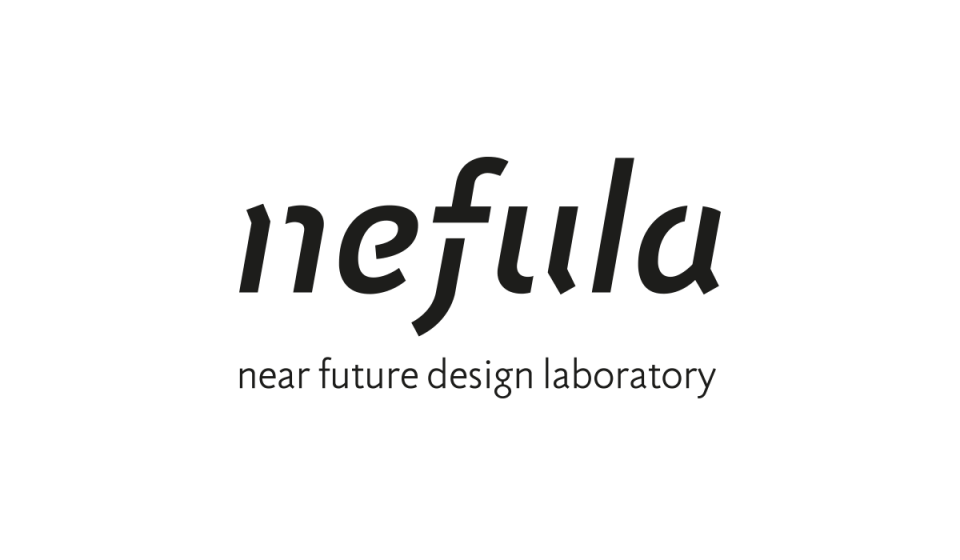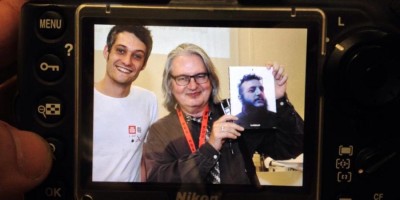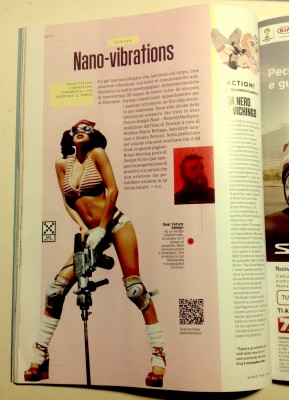Near Future Design: the perception of a “new possible” and a new role for Design.
The Future does not exist.
Future is a performance that sees us all engaged through the dimensions of desire and of the imaginary.
In the interconnected contemporary era innovation is established through dialogues and conversations, observing their tensions and orientations, and by using the results of these observations to project (to design) a vision of the possible future, and to implement it.
In this scenario, the vision on the future – together with all its ethical, environmental, social, political and ecosystemic implications – is possibly the most precious product that can be offered by any organisation.
This requires a new solicitation for Design, which becomes the activator of the imaginable. And, thus, of the designable, intended as the act of “conceiving that which is still not there”.
This process includes all of society and all of its communities, which become able to establish active and shared dialogues for the creation of their own futures: they become desiring performers of their own futures.
Near Future Design
Future is an undefined lapse of time, after the present.
Future does not exist, some might say, except as a possibilistic projection of the tension of the present. Infinite futures exist, and we actuate them according to the decisions we make and the directions we embrace.
Futurology, the study of the future, is a science, art and practice which postulates possible futures. It highlights, in the process, the importance of their characterisation as multiples and plural: many possible and alternative futures, not a single, monolithic one. Thus exposing the limits of clairvoyance, of prediction and of combinatorial, probabilistic and statistical calculus, in respect of the possibility to conceive (and actuate) possible and preferable futures.
One of the main assumptions of future studies is that the future is plural, not singular. It consists of alternative futures with varying likelihood. The primary objective of future studies is to identify, map and describe alternative futures, by gathering quantitative and qualitative data and information dealing with the possibility, probability and desirability of change, according to a holistic perspective. Here, the cultural analysis of what are the “preferred” futures among the different possible ones is a fundamental part of the process.
Future is the result of a conversation.
In the era of information, of digital networks, of hyper connection and of knowledge, the comprehension of the future changes direction.
It is the era of continuous disruption, in which a constant state of radical innovation bears impacts of incredible energy on all our societies. In which game-changers across business, city governance, energy and politics, are the main actors and beneficiaries of innovation processes.
It is here, in this transitory and nomadic space of change and mutation, that we can imagine to start our conversations about the ways in which to co-create our future, in performative ways.
To do that, we must start from a level comprehension which goes well beyond the understanding of the state of the arts and technologies. We must start from the understanding of the imaginaries, of the rituals and tensions of the contemporary era, including the conflicts and the things which provoke wonder and sense of surreality.
We must understand the “sense of the possible” just as much as the “sense of the desirable”.
We can merge the comprehension of that which we can imagine as being implemented to the comprehension of that which we desire to be implemented:beyond utopia, past the dualistic dimension of true/false, in the state of floating suspension of the performance through which we will push a bit further both sensibilities (to technology and desire), to enact our own Future.
In this sense (conversational, communicational, polyphonic, emergent, co-authorial)the definition of the Future changes: it becomes design, projection, performance. A performance of knowledge, of ethical and civic auto-determination, actuated through auto-observation and auto-representation, in a whole that is ecosystemic and liquid, and in which dissonance and noise become forms of life, essences through which it is possible to learn thanks to the simultaneous presence of the multiple points of view which are expressed. Here, in this space whose boundaries are fractal and oscillatory, difference rises to become a value of primary importance: it is the source of life itself. (Bio)diversity as a space for opportunity and possibility.
In the creation of this space for possibility, the role of the “impossible” is obviously redefined, and becomes a tool for the polyphonic conversation just as the “possible”, with the same dignity.
Both become tools to push a bit further our perception of the “possible” – along axes which are cartesian, diagonal, non-euclidean, chaotic and indeterministic at the same time – to trigger the performance of the Future.
This is what we have defined as Near Future Design.
A performative dimension in which the observation of the state of the arts and technologies meets anthropological and ethnographical observation.
In which the diasporic and ubiquitous dimensions of our hyper connected reality transform into exceptional instruments for the comprehension of the multiple points of view which are present in the human ecosystem of relations and interactions (and, thus, of communication).
In which multiple sources of knowledge combine traversing disciplines and modalities, disseminated across cities and the spaces of communication and information.
In which we can observe the perception of the “possible” and of the “desirable” to understand: tensions, conflicts, harmonies, dissonances; rituals as they form;tendencies when they are only suggestions; identities when they are only atoms in search of their chemical bond; dis-identities, before they come apart, to then reassemble multiple times into Otherness.
In this scenario, design plays a fundamental role. One of which organisations across business, industry, politics and society are rapidly learning to understand the value.
It is a transformed design, and a design of transformation. In-between product design, communication design, strategic design and design anthropology. Interweaved with Ethnography and Human Geography.
It is Near Future Design, and it is enacted through the practices of Design Fiction.
![[ AOS ] Art is Open Source](https://www.artisopensource.net/network/artisopensource/wp-content/uploads/2020/03/AOSLogo-01.png)


